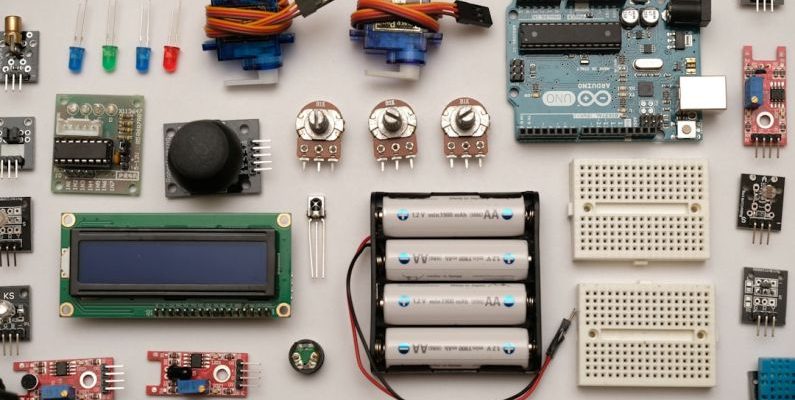Industrial infrastructure is the backbone of modern society, supporting the production and distribution of goods essential for our daily lives. However, this critical infrastructure is constantly at risk from natural disasters, with seismic activity posing a significant threat. In order to safeguard these vital facilities, seismic sensors play a crucial role in monitoring and protecting industrial infrastructure from potential damage.
Detecting Seismic Activity
Seismic sensors are sophisticated devices designed to detect vibrations and movements in the ground caused by seismic activity, such as earthquakes. These sensors are strategically placed throughout industrial facilities to continuously monitor ground motion and provide real-time data on seismic events. By detecting even the slightest tremors, seismic sensors can alert operators to potential risks and allow for immediate response measures to be taken.
Early Warning System
One of the key benefits of seismic sensors is their ability to act as an early warning system for industrial infrastructure. By detecting seismic waves before they reach the facility, these sensors provide valuable time for operators to implement safety protocols, evacuate personnel, and shut down critical systems to prevent damage. This early warning system can make a significant difference in minimizing the impact of seismic events on industrial infrastructure.
Structural Health Monitoring
Seismic sensors also play a vital role in structural health monitoring of industrial facilities. By continuously monitoring ground vibrations, these sensors can assess the integrity of structures and identify any potential weaknesses that may compromise the safety of the infrastructure. This proactive approach allows operators to address structural issues before they escalate into major problems, ensuring the long-term resilience of industrial facilities.
Emergency Response Coordination
In the event of a seismic event, seismic sensors provide essential data to emergency response teams for effective coordination and decision-making. By accurately measuring the intensity and duration of ground motion, these sensors help emergency responders assess the extent of damage, prioritize response efforts, and allocate resources efficiently. This data-driven approach enhances the overall emergency response process, leading to quicker recovery and reduced downtime for industrial infrastructure.
Enhancing Resilience
Overall, seismic sensors play a critical role in enhancing the resilience of industrial infrastructure against seismic risks. By providing early warning, structural health monitoring, and data for emergency response coordination, these sensors help safeguard facilities, protect personnel, and minimize the economic impact of seismic events. Investing in advanced seismic sensing technology is essential for ensuring the continued operation and safety of industrial infrastructure in seismic-prone regions.

